
Blog
The Great Pacific Garbage Patch: A Trash Heap Six Times of France
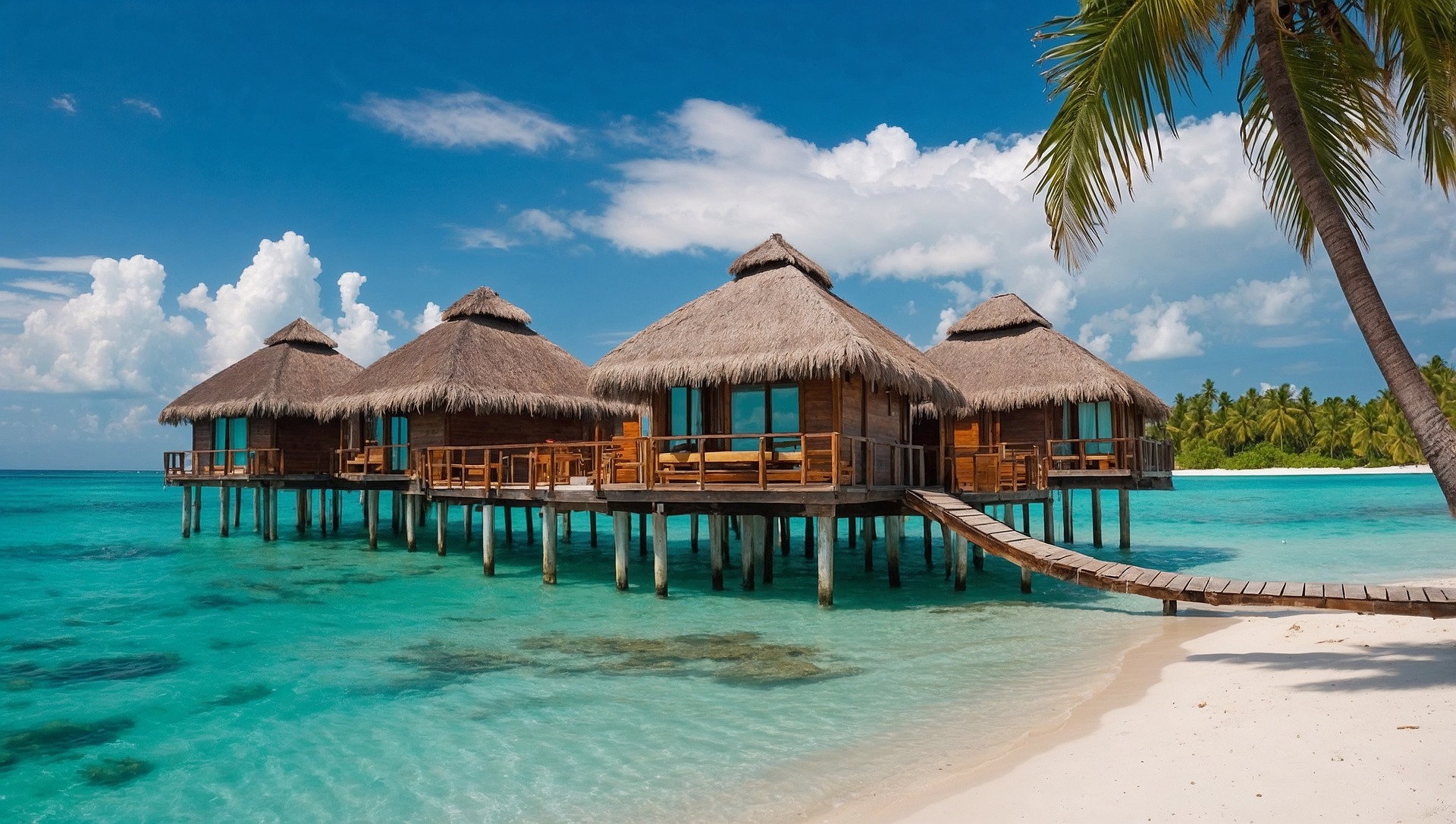
Imagine you’re sailing in the middle of the Pacific Ocean, expecting nothing but endless blue waters. Suddenly, you find yourself surrounded by a massive floating island of trash, twice the size of Texas. Sounds unbelievable, right? But this isn’t some far-off dystopian nightmare—it’s happening right now. Welcome to the Great Pacific Garbage Patch (GPGP), a growing environmental disaster that’s threatening marine life and, ultimately, our own health.
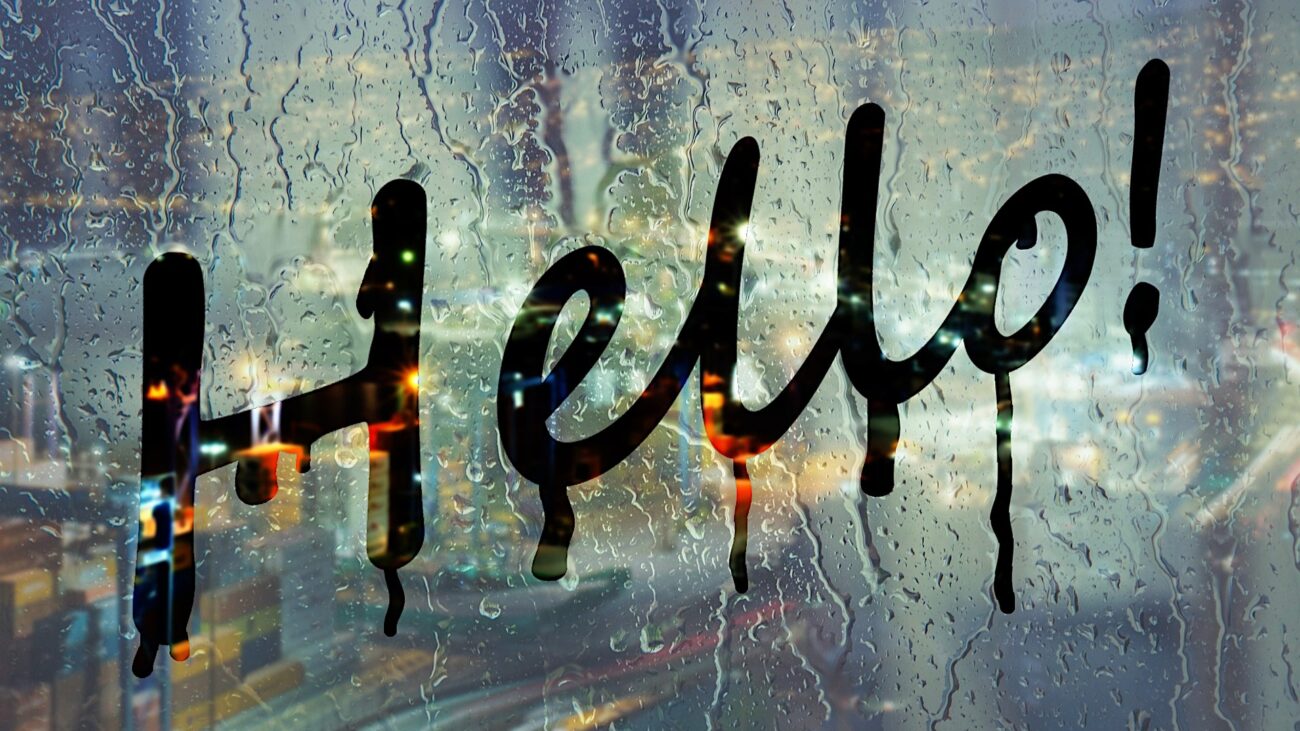
What is the Great Pacific Garbage Patch?
The Great Pacific Garbage Patch is exactly what it sounds like: a colossal collection of marine debris trapped in the North Pacific Ocean. It is located in the North Pacific Ocean, roughly between Hawaii and California. A recent study by The Ocean Cleanup reveals something shocking: the amount of tiny plastic particles in this area has surged by 10 times since 2015. Imagine that! In just seven years, the concentration of microplastics has skyrocketed to up to 10 million particles per square kilometer. This massive patch, covering an area six times the size of France, now holds a staggering amount of plastic waste, putting marine life at serious risk. The real kicker? The situation is continuing to get worse, with small plastic fragments spreading faster than ever. It’s time we face the facts—this environmental disaster isn’t going away on its own, and we all need to act now.
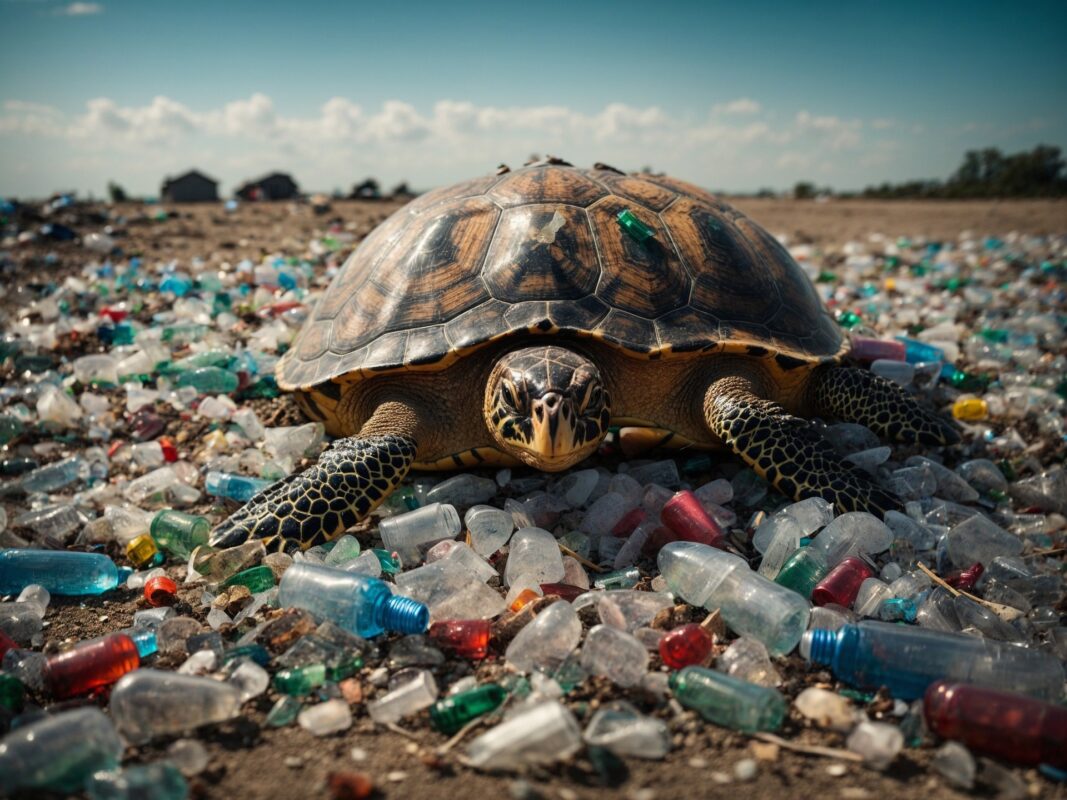
Where Does the Trash Come From?
You might be wondering, “How did all this trash end up here?” Well, about 80% of the debris in the GPGP comes from land-based activities. Think of rivers like Asia’s Yangtze or North America’s Mississippi, carrying waste from cities and towns directly into the ocean. The remaining 20%? It comes from the sea—discarded fishing gear, lost cargo, and even debris from offshore oil rigs. China contributes about 28% of global ocean plastic waste, significantly impacting the Great Pacific Garbage Patch due to its large population and high plastic consumption. Indonesia is responsible for 10% of ocean plastic waste, playing a major role in the GPGP.
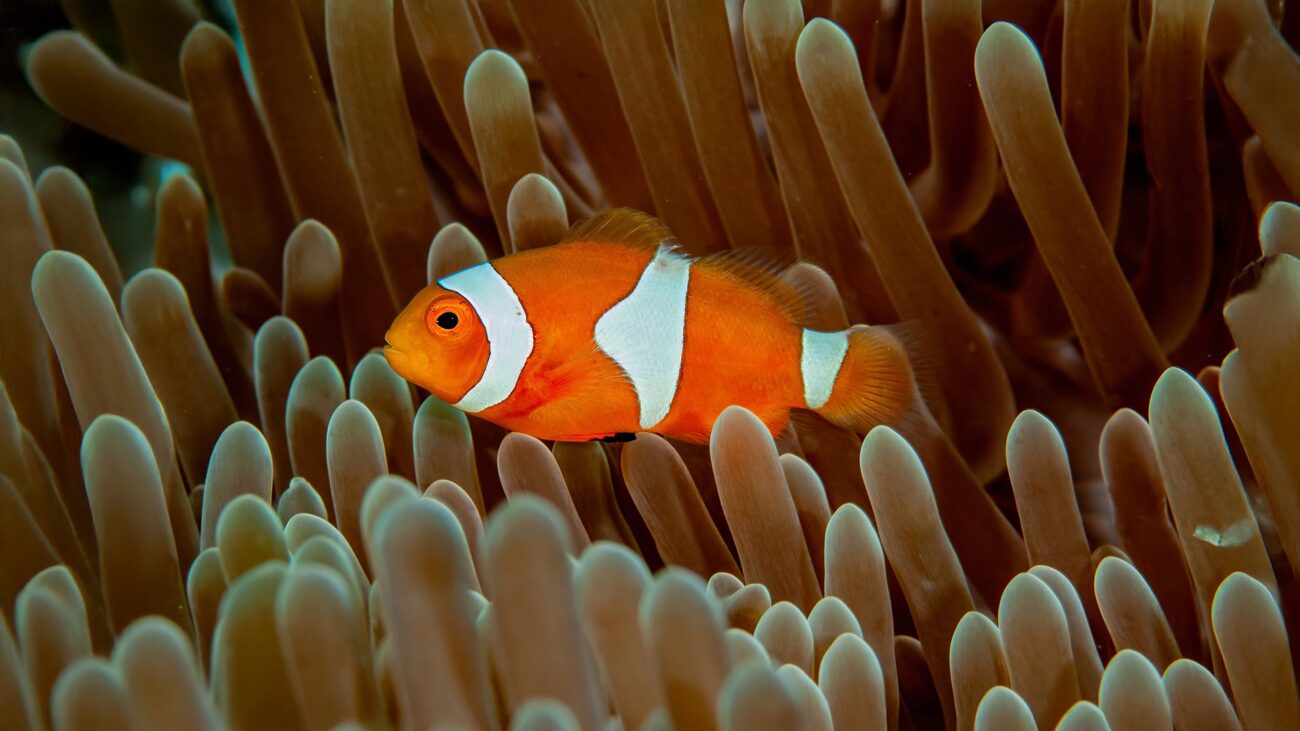
The Impact on Marine Life and Human Health
Think about the impact this has on marine animals. Recent studies estimate that approximately 8 million metric tons of plastic enter the oceans annually. Sea turtles mistake plastic bags for jellyfish, their favorite snack. Birds like the albatross feed plastic bits to their chicks, leading to fatal blockages. According to a study published in Proceedings of the National Academy of Sciences (PNAS), researchers predict that plastic ingestion among seabirds is increasing and could reach 99% of all species by 2050.
But it’s not just the animals we need to worry about. These plastics are entering our food chain. Microplastics have been found in seafood, and yes, even in the salt on our tables. The long-term health effects on humans are still being studied, but the potential risks are alarming. Do we really want to wait until it’s too late to find out?
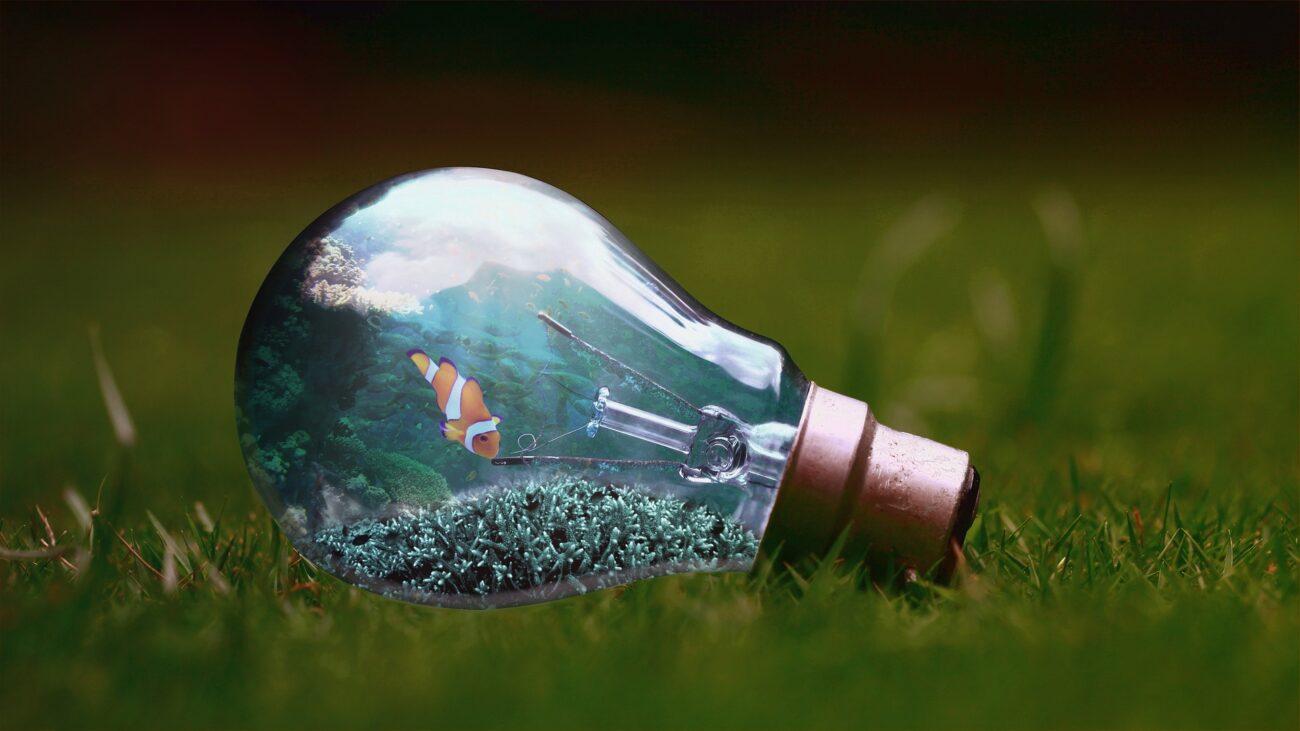
Efforts to Combat the Garbage Patch
Thankfully, it’s not all doom and gloom. There are heroes out there working tirelessly to clean up this mess. Let’s talk about some of the amazing organizations and companies leading the charge.
・The Ocean Cleanup: Developing advanced floating barriers to collect plastic in the Great Pacific Garbage Patch (GPGP). The plastic is then removed and recycled. Their technology has made significant progress in cleaning up ocean debris.
・4ocean: Funds ocean cleanup through the sale of recycled bracelets. For every bracelet sold, they remove one pound of trash from the ocean. They’ve removed millions of pounds of plastic from the waters.
・Parley for the Oceans: Partners with brands like Adidas to turn marine plastic waste into sportswear. They raise awareness about plastic pollution and encourage consumer action while helping clean the oceans.
・Bureo: Recycles discarded fishing nets into sustainable products like skateboards. They help reduce marine debris by transforming waste into eco-friendly items.

The Government’s Supports
The U.S. and Japan are making significant investments to address the ocean plastic pollution issue. In the U.S., the government has allocated approximately $15 million annually for ocean plastic waste reduction programs, with additional funding through initiatives like the “Clean Ocean Act” introduced by the Biden administration. Meanwhile, Japan has been investing over ¥100 billion (about $1 billion) annually through the Ministry of the Environment to tackle domestic and international plastic pollution challenges.
While Europe is geographically farther from the Great Pacific Garbage Patch (GPGP), it is not without its efforts. The European Union has committed substantial funding, such as €60 million (around $80 million) annually for marine environmental protection through the Mediterranean Action Plan and €10 million for research on plastic recycling technologies.
What Can We Do?
You might be thinking, “What can I do about a problem that’s so far away?” The answer is, quite a lot. Reducing your plastic usage, participating in local cleanups, and supporting policies aimed at reducing marine pollution are all steps in the right direction. Simple changes like using reusable bags, bottles, and straws can make a big difference.
But it’s not just up to individuals. Governments and industries need to step up too. Stricter regulations on plastic production, better waste management systems, and investments in sustainable alternatives are crucial. Together, we can address the root causes of this crisis.
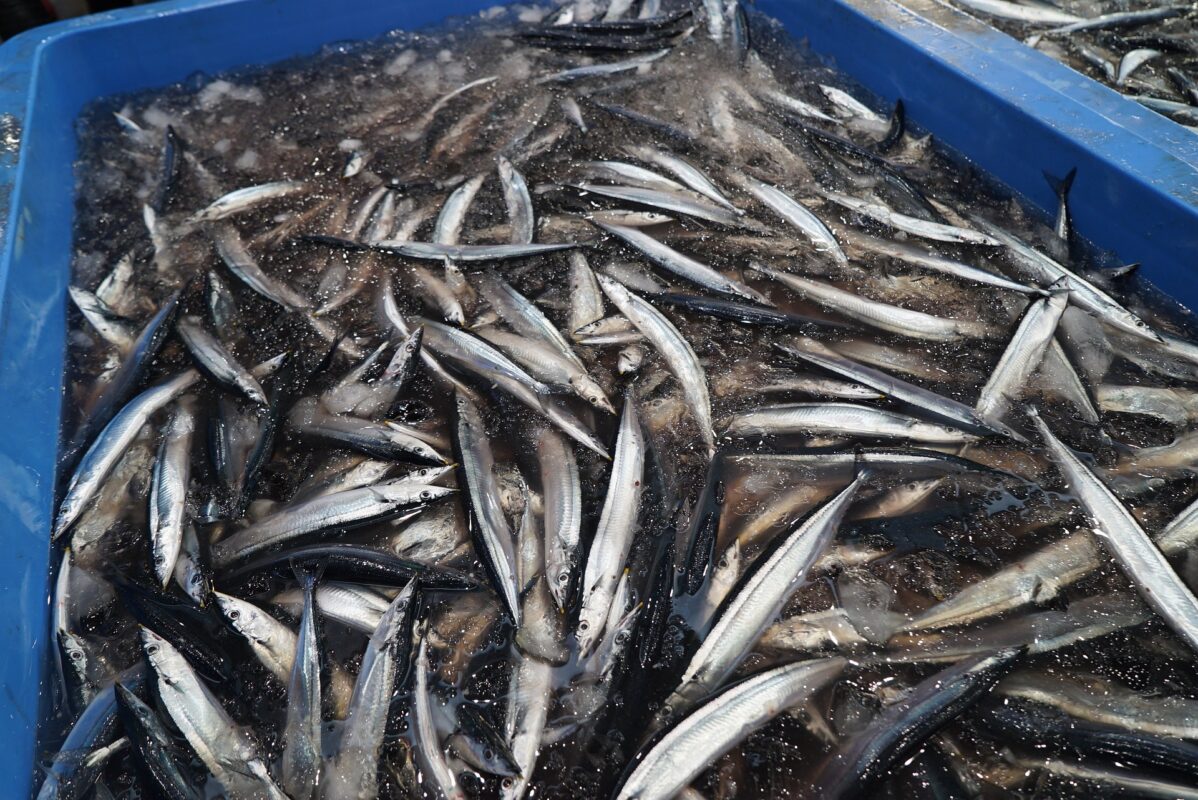
A Future Worth Fighting For
Do you like the sea? Whether you are fond of the ocean or not, the amount of plastic in our waters is increasing. The effects are reaching us, impacting fish, vegetables, and more. Even though governments are working to reduce this damage and solve the issue, the root cause is still not disappearing. Now, it’s time for us to act. What we can do is discuss this problem, share it with our friends and families, and support organizations or initiatives that are tackling it. We are supporting environmental conservation efforts through carbon credits. To make it easier for you to help and reduce carbon emissions, we’ve created a system that allows you to get involved. Let’s make a difference together.
